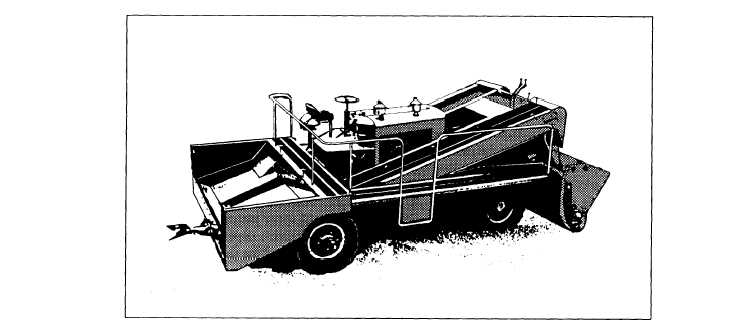A self-propelled spreader is shown in figure 16-31.
This machine moves forward and makes possible a
uniform and continuous application of cover aggregate,
because it is capable of keeping up with the asphalt
distribute. The spreader is self-powered and has a
receiving hopper in the rear.
Aggregate trucks are
hitched to the spreader, dump their loads into the hopper,
and are pulled by the spreader. Belt conveyors carry the
aggregate to the front of the machine where it is dropped
into the spreading hopper (fig. 16-32). Aggregate flows
over a spread roll onto a screen that permits initial
placement of larger particles on the asphalt, followed by
fine aggregate on top.
Calibration and adjustments for all types of
aggregate spreaders should be made according to the
manufacturer’s instruction and operating manual. Here
are some additional checks that should be made to
ensure good results:
1. A tachometer, used as an aid in maintaining
uniform spreader-box speed, is most helpful.
2. Distribution rates are closely controlled by
measuring off the length that each truckload of
aggregate should cover.
3. A quick check on the rate of application of
aggregate can be made by laying a 1-square-meter
(yard) section of cloth or building paper on the pavement
(or by supporting a shallow l-square-yard box above the
asphalt with nails or screws) and by passing over it with
the spreader. The cloth, paper, or box is then carefully
Figre 16-31.-Self-propelled aggregate spreader.
Figure 16-32.—Flow of aggregate through a self-propelled aggregate spreader.
16-27




